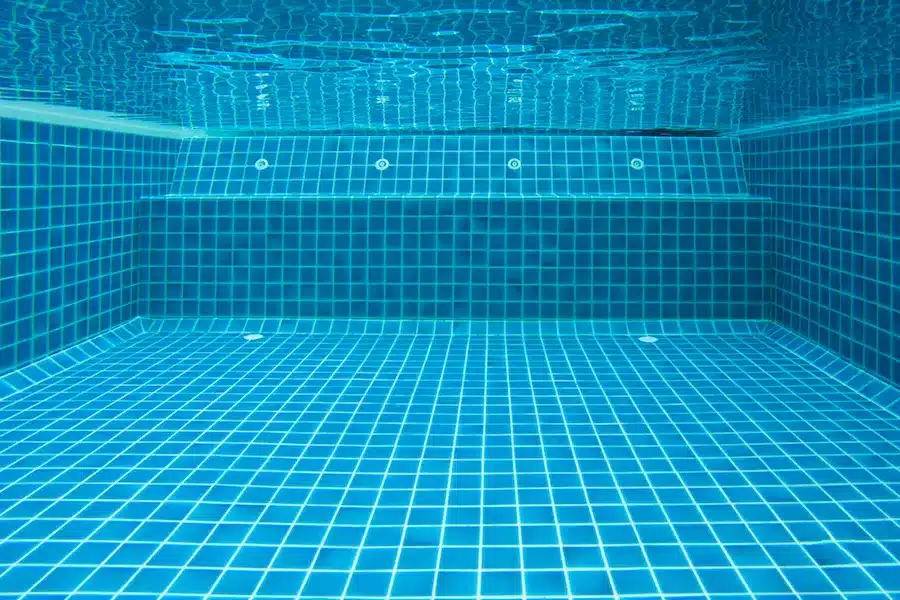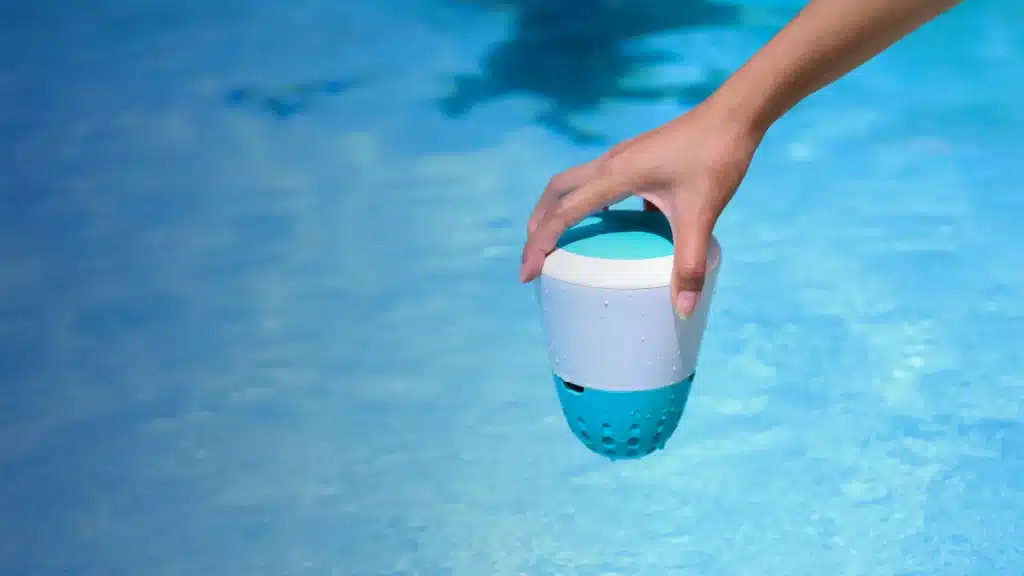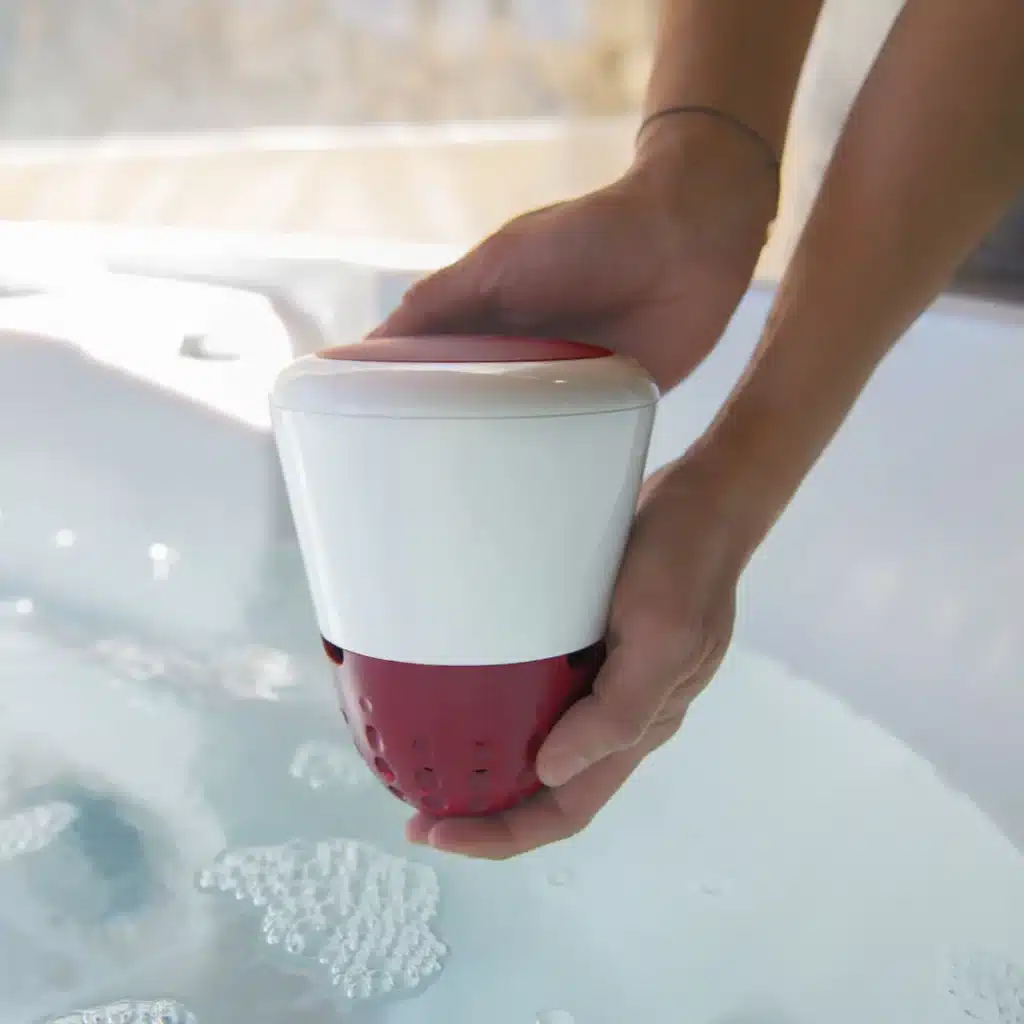The alkalinity of water, also known as TAC (Titre Alcalimétrique Complet), is an essential element in the balance of water, along with the pH and the TH (water hardness). Measuring the TAC indicates the concentration of carbonate, bicarbonate and hydroxide ions in the water. A well-balanced alkalinity determines the “buffering” capacity of the water, and has an impact on the stability of the pH and acidity of the water.

The TAC should be between 100 and 200 mg/liter depending on the treatment used in your pool or spa. At the beginning of the season it should ideally be between 100 and 150 mg/l.
The TAC regulation and stability are therefore very important, which should be checked regularly to keep the water healthy and clear. If you encounter a pH problem, measure the TAC first and then the TH. This can save you the extensive and unnecessary use of chemicals. All about TDS, TAC and TH.
The alkalinity of water is measured with colorimetric strips or with electronic testers (photometers), used by professionals.


| Cookie | Duration | Description |
|---|---|---|
| cookielawinfo-checkbox-analytics | 11 months | This cookie is set by GDPR Cookie Consent plugin. The cookie is used to store the user consent for the cookies in the category "Analytics". |
| cookielawinfo-checkbox-functional | 11 months | The cookie is set by GDPR cookie consent to record the user consent for the cookies in the category "Functional". |
| cookielawinfo-checkbox-necessary | 11 months | This cookie is set by GDPR Cookie Consent plugin. The cookies is used to store the user consent for the cookies in the category "Necessary". |
| cookielawinfo-checkbox-others | 11 months | This cookie is set by GDPR Cookie Consent plugin. The cookie is used to store the user consent for the cookies in the category "Other. |
| cookielawinfo-checkbox-performance | 11 months | This cookie is set by GDPR Cookie Consent plugin. The cookie is used to store the user consent for the cookies in the category "Performance". |
| viewed_cookie_policy | 11 months | The cookie is set by the GDPR Cookie Consent plugin and is used to store whether or not user has consented to the use of cookies. It does not store any personal data. |